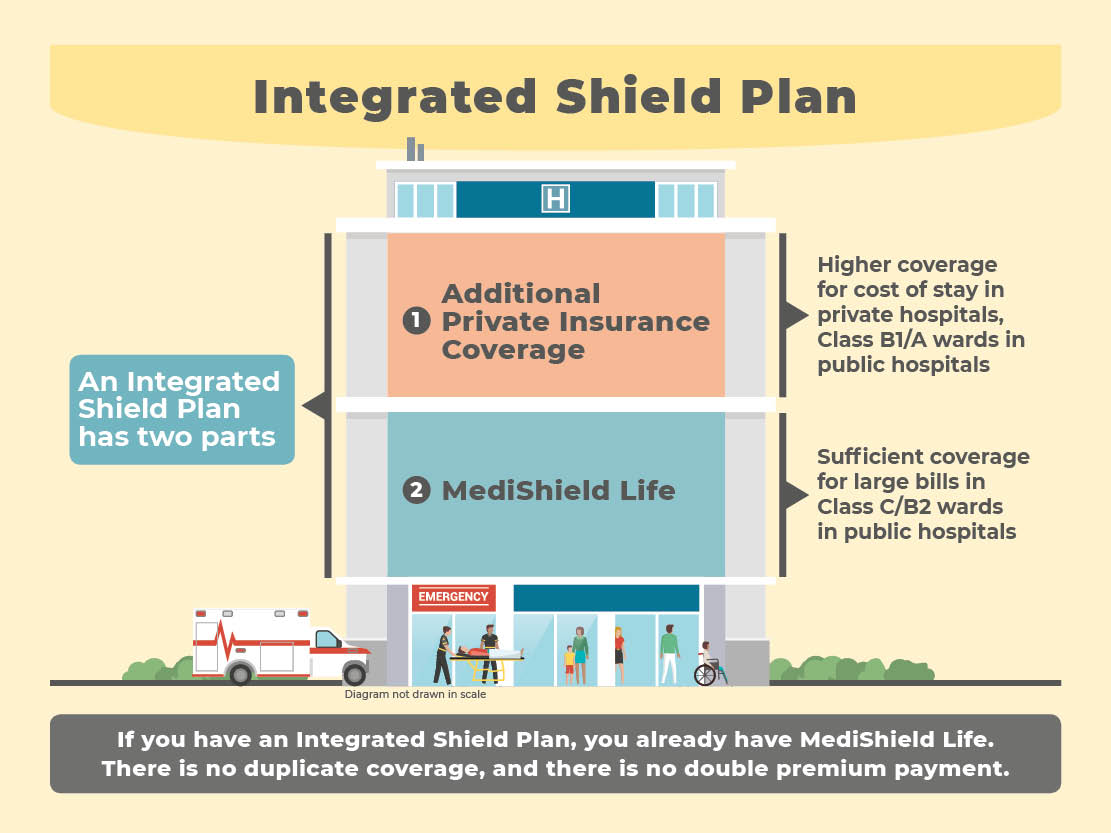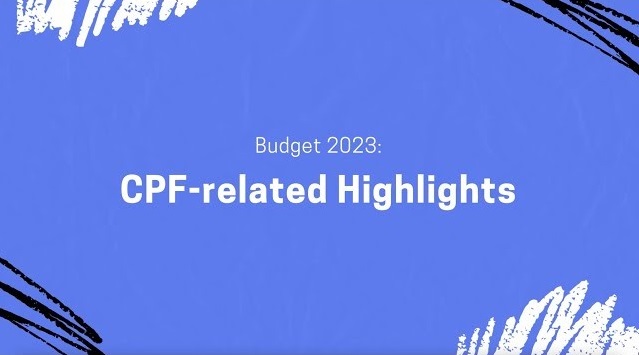Perhaps you are thinking to maximise your coverage first and worry about whether to change the plan in the future. Here’s an example that illustrates why it is not worthwhile to pay for a private hospital IP, especially if you end up opting for subsidised care in public hospitals.
Fresh Grad on
|
Premiums1
|
MSHL
|
$11,150
|
Private Hospital IP
|
$22,722
|
Difference:
|
$11,572
|
1 IP annual premium amounts are taken from MOH website, and the median across the various IP plans are used for the tabulations. IP premiums which include the MediShield Life component are before any applicable subsidies for MediShield Life premiums. Please login to your Healthcare dashboard ‘Coverage and premium details’ to view your MediShield Life premiums and applicable subsidies, if any.
As you can see, a fresh graduate who is fully on MediShield Life from 23 to 50 years old pays $11,500 less in premiums compared to someone who purchased a private hospital IP at 23 and subsequently rightsized their plan at 50.
Another important factor to take note of is inflation. IP premiums are not fixed and can be increased annually due to medical inflation. Hence, the premiums that you need to pay in your 50s could be higher than the indicative premiums shown for that age when you bought your IP in your 20s.




